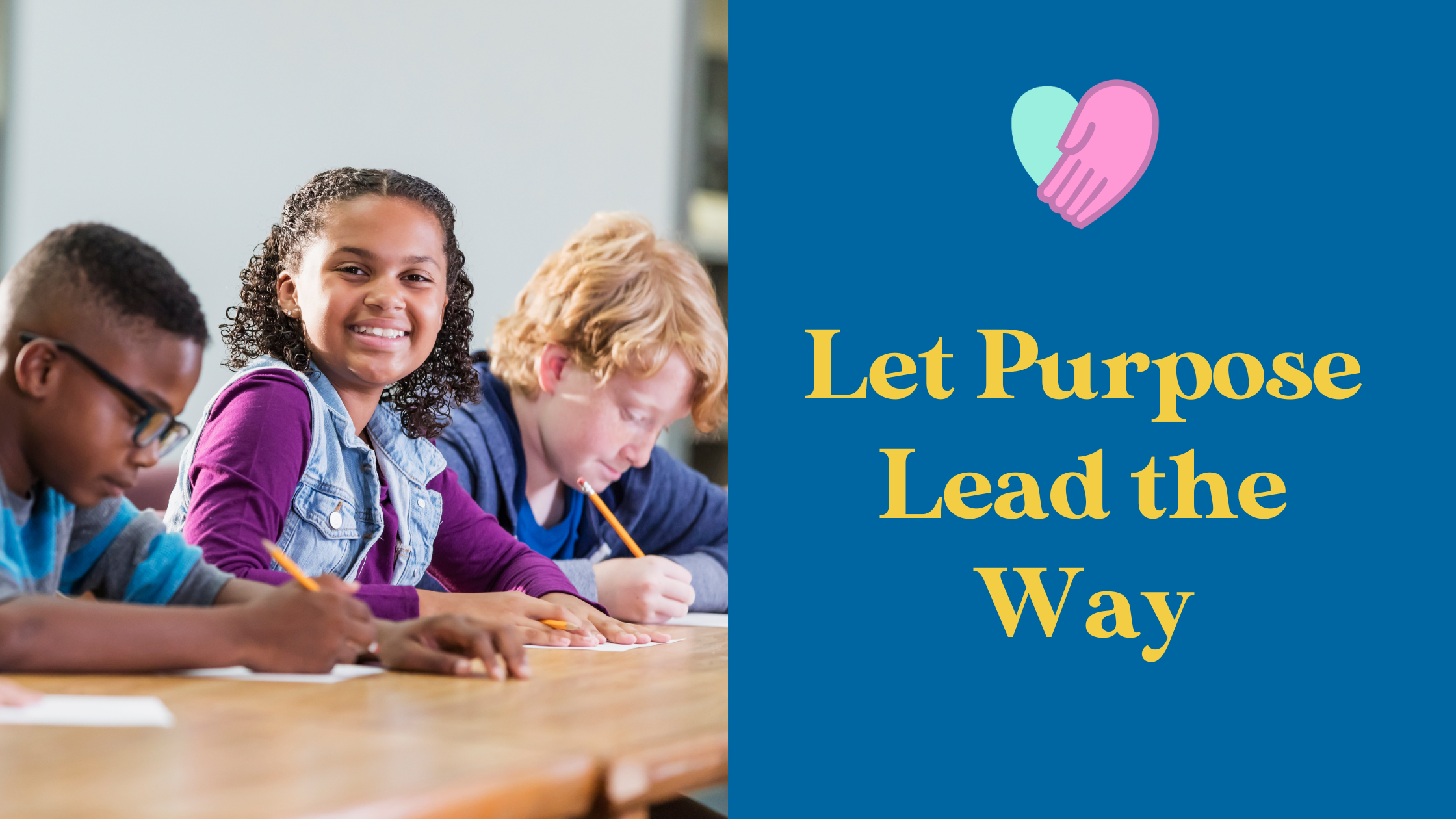By: Whitney McKinley
Across the country and the globe, we’re witnessing moments that feel more like history repeating than a future unfolding: military vehicles in school parking lots, students afraid to attend graduation, immigrant families separated in broad daylight. At the same time, international conflicts escalate, images of war flood our feeds, and communities everywhere grapple with fear, division, and uncertainty. These aren’t distant stories from a textbook. This is the world our young people are navigating right now.
And our collective response—as educators, caregivers, and community members matters more than ever. Because, in the most recent federal budget proposal, Full-Service Community Schools and Promise Neighborhoods are on the chopping block. Community schools are a blueprint for what democracy can look like when it is local, participatory, and human-centered. They integrate academics with health, social services, youth development, and community engagement.
And we’ve seen it firsthand. In Minnesota, students at Ella Baker Global Studies and Humanities Magnet and Saint Anthony Middle School have just wrapped up their capstone projects, which are culminating exhibitions demonstrating what they learned and how they applied their knowledge. One student redesigned the school’s lunchroom logistics to reduce food waste and improve access.
Another organized a community fundraiser to support families facing eviction. There were plans for preventive healthcare for students and even tackling 8th-grade disengagement with real-world applications.
These were not isolated moments. They were the result of months of inquiry, collaboration, and the kind of learning that connects classroom content to real-world challenges. These projects aren’t just schoolwork stapled to poster boards. They’re living representations of what students care about and how they choose to act. Many of these efforts will continue into the summer and carry forward into high school and beyond, as they are rooted in real questions, real stakes, and real change.
This kind of authentic learning happens because teachers choose differently. They moved away from rote instruction and toward interdisciplinary, student-led exploration. They created space for dialogue, reflection, and civic imagination. They trusted students with complexity, and in return, students showed up with clarity and purpose.
We know that democracy is not defended by tanks or tweets. It is defended every day by students asking better questions. By families showing up at school board meetings. By educators who teach not just content, but courage. To defund Full-Service Community Schools at this moment is not just shortsighted. It is dangerous. It hollows out one of the last remaining public spaces where trust, belonging, and collective action can still take root.
However, the hope in all this is that real and lasting shifts come from change that begins within communities, through seeing a multi-faceted system and doing what’s best for the greater good and progress of it. And no change in funding should hold us back from showing up in these spaces in a new way.
So why not volunteer in your classrooms, attend a school board meeting, learn more from your local teachers, and support student efforts to make positive changes in their communities?
Let it begin with all of us.
The path forward isn’t less complexity. It is more humanity. More connection. More courage.
